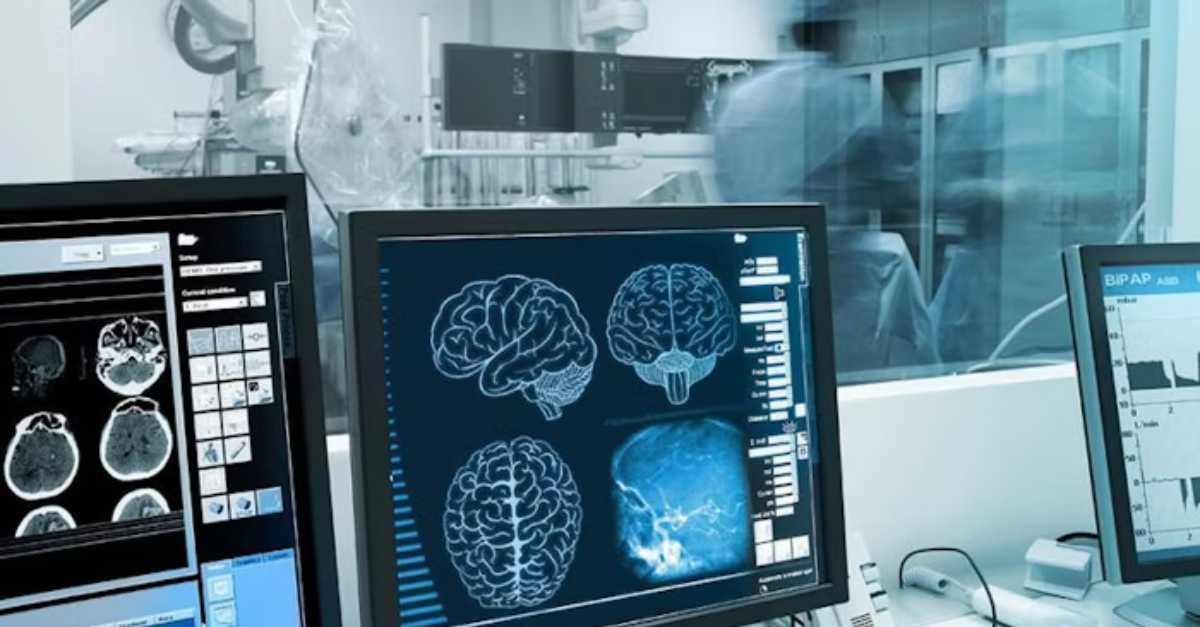
The Advantages of a Third-Party Help Desk for Facilities Management
A third-party "call center" help desk can help you meet customer expectations without overly taxing your in-house team. Here's what to look for.
Solutions
Workplace Management Solutions
Real Estate Management Solutions
Maintenance Management Solutions
Energy Management Solutions
Engineering Document Management Solutions
Asset Management Solutions
Automate campus scheduling for classes, meetings, and exams with our EMS software.
Plan and manage conferences effortlessly with EMS software to impress guests and streamline operations.
Boost workplace flexibility and maximize space use with seamless desk and room booking.
Organize workplace or campus events smoothly, creating memorable experiences.
Optimize workspace, manage allocations efficiently, and reduce costs with our space management solutions.
Deliver projects on time and within budget by improving communication, collaboration, and efficiency with our software.
Streamline lease accounting for ASC 842, IFRS, and GASB compliance.
Manage leases efficiently by tracking key dates, analyzing costs, and ensuring compliance.
Centralize data and analytics for better insights, faster negotiations, and revenue growth.
Centralize facility and asset maintenance, automate work orders, and ensure compliance with our CMMS software.
Extend asset life, reduce downtime, and prevent costly repairs with data-driven monitoring.
Prevent equipment failures and extend asset life by detecting and addressing issues early.
Make sustainable, cost-efficient energy decisions by monitoring and optimizing power consumption.
Remotely monitor and control equipment with real-time data to predict issues, boost efficiency, and reduce downtime.
Easily share and collaborate on documents, creating a single source of truth for engineers and contractors.
Manage and analyze assets across their lifecycle to schedule maintenance, reduce downtime, and extend lifespan.
Improve visibility, automate work orders, and ensure compliance for efficient facility and asset management.
Resources
Browse our full library of resources all in one place, including webinars, whitepapers, podcast episodes, and more.
Support
Looking for access to technical support, best practices, helpful videos, or training tools? You’ve come to the right place.
About Accruent
Get the latest information on Accruent, our solutions, events, and the company at large.

Medical equipment is expensive and extremely important—which means that you don't want to see it lost or thrown away. RFID tagging and other tools can help.
Table of contents
While support staff can’t monitor all this equipment all the time, hospitals can reduce or eliminate equipment from going places it’s not supposed to go.
Think about the expensive, portable equipment in a hospital. For example, a wireless telemetry pack is about the size of a cellphone and can cost $5,000.
Telemetry packs are just one example. There are other expensive devices as well. Surgical instruments, such as drills, lasers, and scopes, can cost anywhere from $10,000 to $40,000 or more each. Until the staff has conducted an inventory count, the hospital won’t know that equipment is missing.
Hospitals can’t control when someone takes medical equipment, accidentally or intentionally, where it’s not supposed to go. But hospitals can leverage process and technology to monitor the movement of equipment and to keep equipment from leaving the building.
To prevent the loss of medical equipment, one technology to consider is passive RFID. RFID tagging of mobile medical equipment improves the tracking of these assets by automatically identifying and tracking the tags attached to the equipment. These small, inconspicuous tags deliver high value for the dollars spent.
You can’t effectively “organize a search party” when equipment goes missing, so you need a process for loss prevention. With a standardized workflow, the appropriate staff can address the situation in real time. By utilizing business logic, the system can assign work automatically to ensure accountability.
Every hospital faces the challenge of equipment shrinkage. Many hospitals struggle with how to justify spending money to determine the movement of biomedical assets and equipment. Take the opportunity to learn what’s possible and how to solve these real-world challenges.
A third-party "call center" help desk can help you meet customer expectations without overly taxing your in-house team. Here's what to look for.
Ensure that your PMs are completed in a timely manner and optimize asset performance by following this basic calculation.
Defining SLAs can help manage work order expectations, maximize transparency, and increase productivity. Here's how to set the right SLAs.
Subscribe to stay up to date with our latest news, resources and best practices.
* To unsubscribe at any time, please use the “Unsubscribe” link included in the footer of our emails.